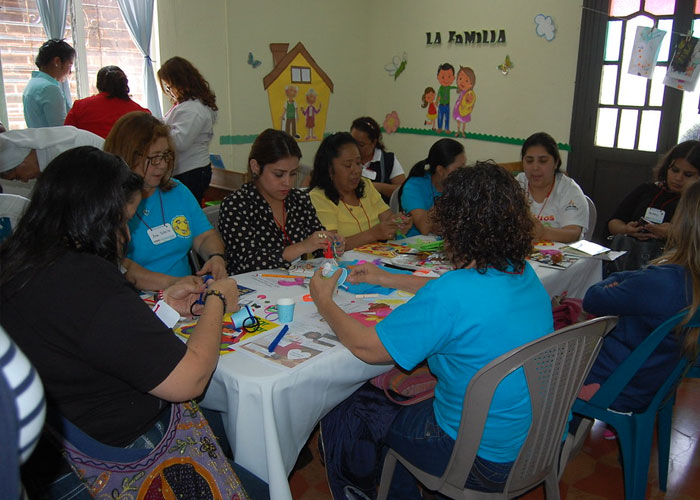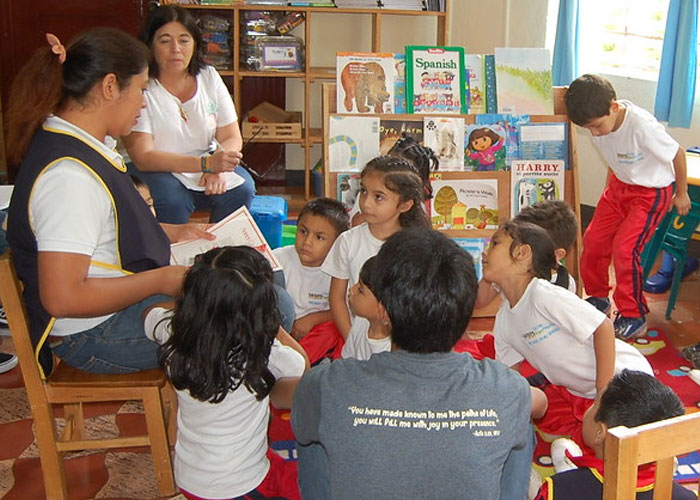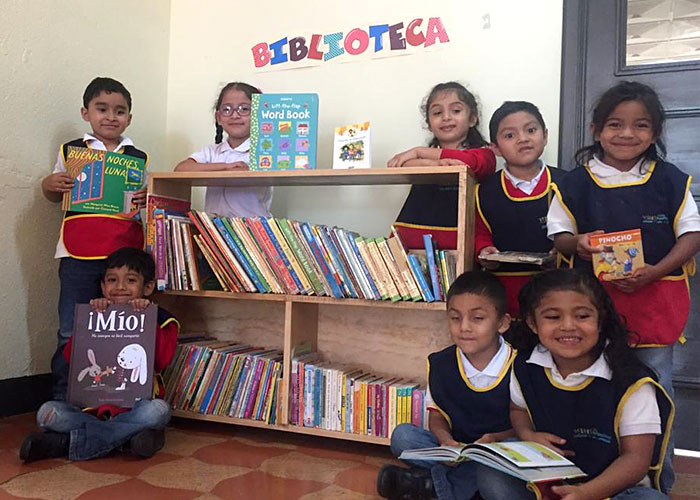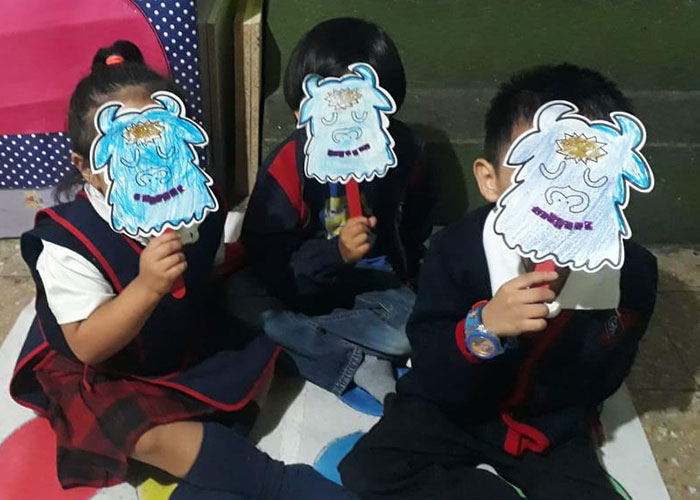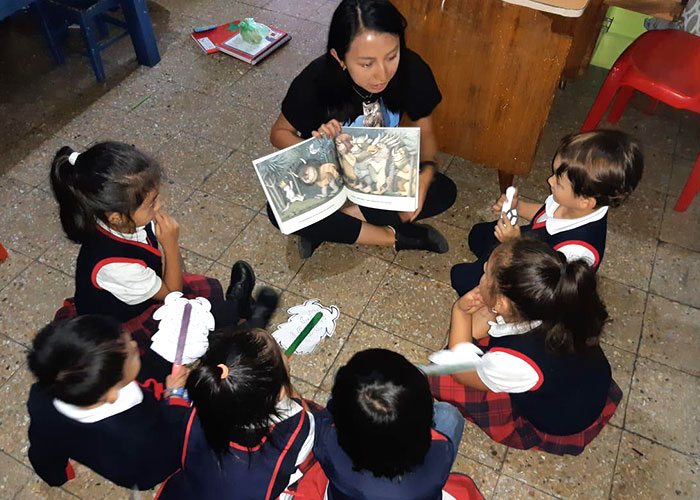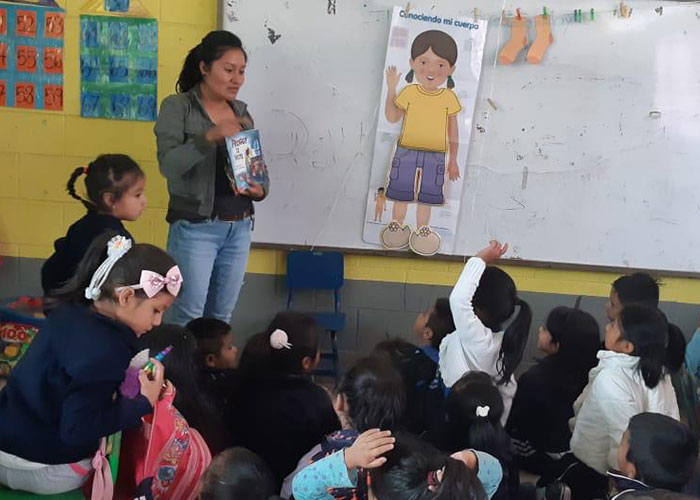Guatemala has the worst literacy rate in Central America.
Guatemala has the worst literacy rate of Central America and the second worst literacy rate of all the Americas. An absence of resources for students, insufficient teacher training, and a lack of emphasis on the importance of reading contribute to Guatemala's high illiteracy rates. This in turn has a negative effect on a child's language, literacy, numeracy, and cognitive development, creating life-long consequences.
But access to books can create a culture of reading that will have a lasting impact in the lives of children.
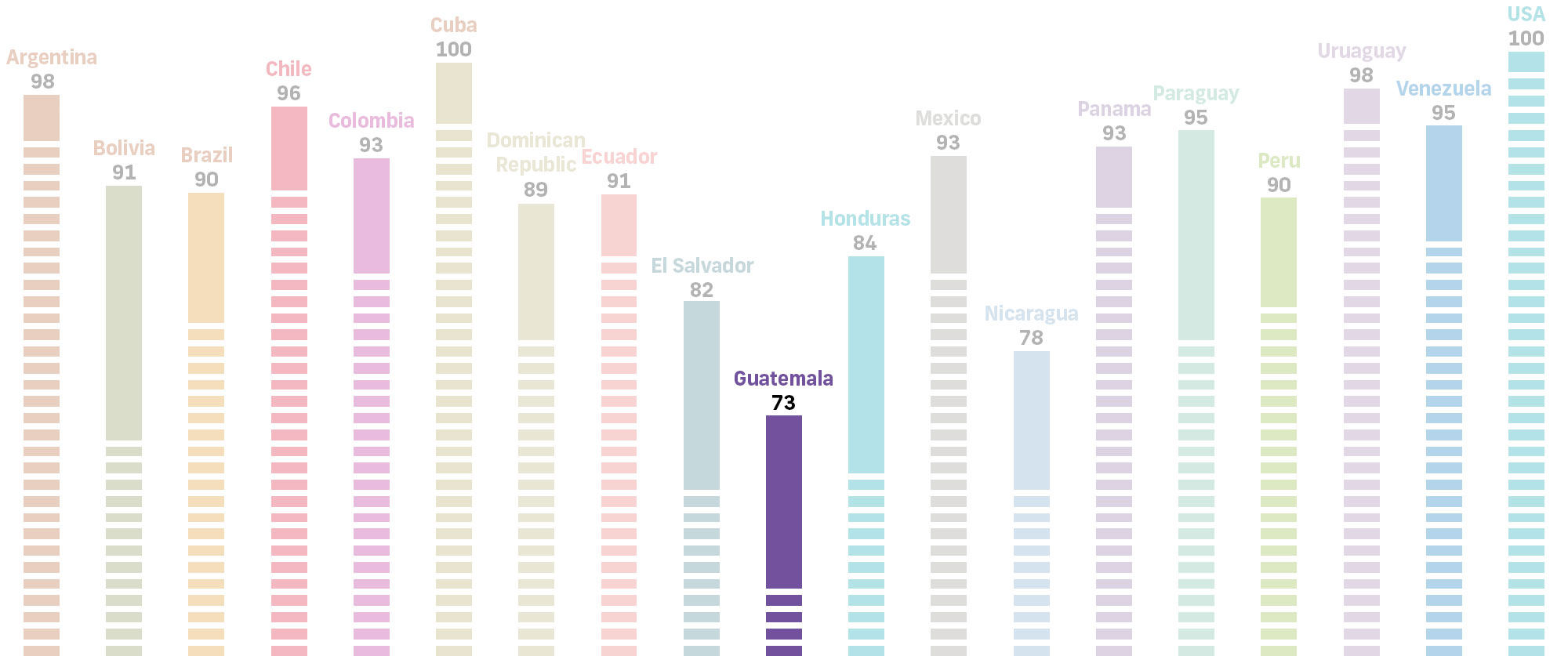
How we're helping
52 books for each classroom
Once a month for 3 months we provide each school with 1 book per preschool classroom. We include teaching materials and lesson plans with each book that contain creative ideas to engage children with that month's book. On the 4th month we provide each classroom with 10 different books. We then repeat the cycle again for the next semester. By the end of the second year, each classroom will have received 52 different books.
Twice a year teacher training
Twice a year we hold training conferences for all the preschool teachers that focus on topics like the importance of reading, how to effectively read to children, how to get parents involved in reading, among others. We also show the teachers creative ideas and activities that will help their children engage with the books they receive and develop a love of reading.
Lending libraries for families
After completing our Hope for Literacy program, each classroom will have received 52 books. On average the schools in our program have 5 preschool classrooms. That's more than 250 books per school and the perfect amount to start a lending library for parents. Using free software, we help each school start their own lending library so their families can have access to this life-changing resource.
Family involvement
We encourage all of the teachers in our program to regularly speak with their student's parents about the importance of reading with their children. Each school is responsible for holding at least one parent training to show parents best reading practices. And with each school's new lending library, parents will have access to these books so that reading can continue at home.
